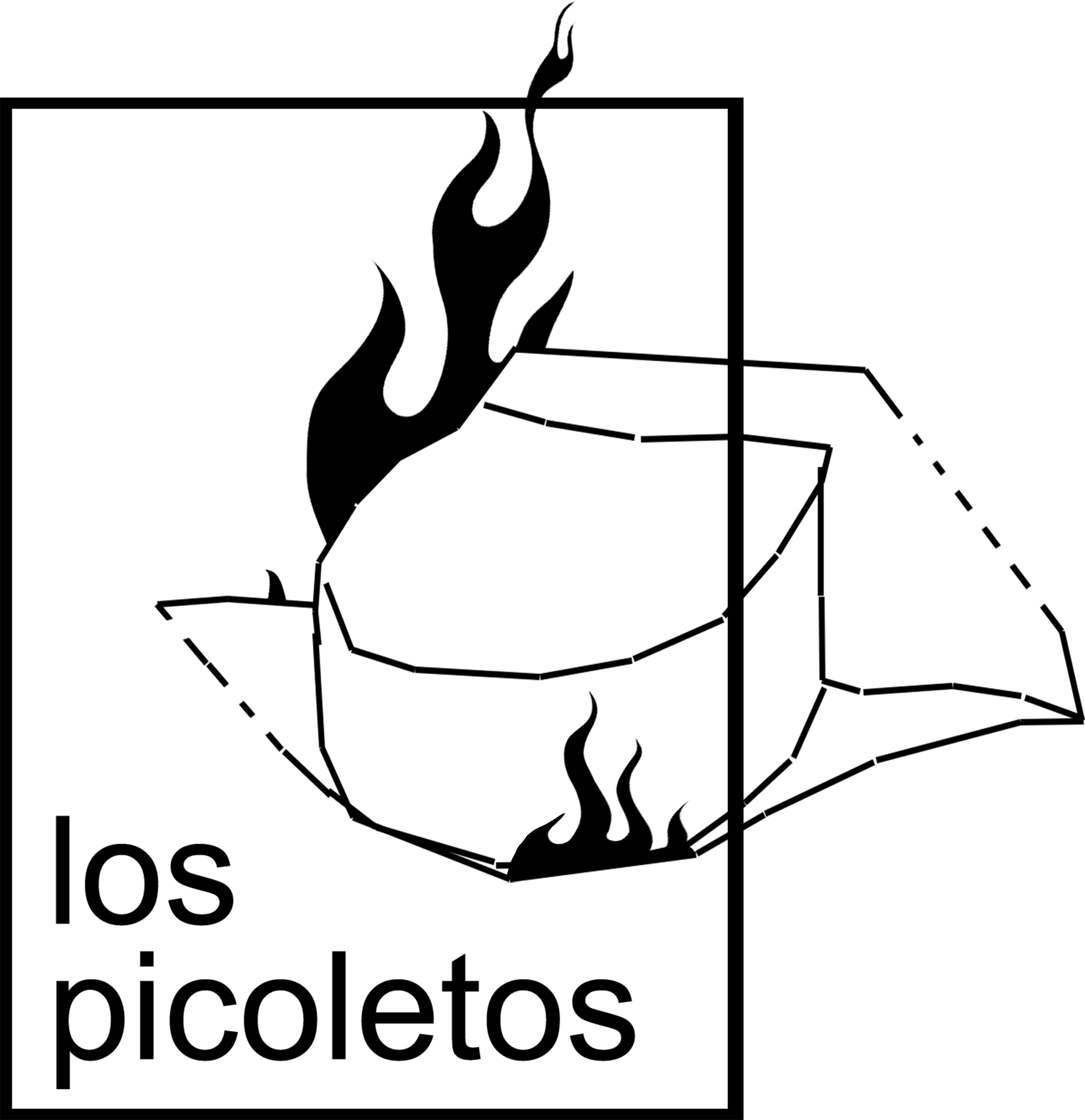
2008
“Sayyesama”
Solo show at UNTREF, Buenos Aires.
Más info en mi primer blog de poemas y dibujos:
https://sayyesama.blogspot.com/
Recortar y recortarse. De eso se trata una selección de dibujos en una muestra de arte. Ante todo un recorte del artista en tanto persona. La obra se muestra como un mosaico, en el que cada pieza es en sí misma un todo, pero un todo que no deja de ser parte de otro mayor, en el cual cobra sentido su existencia. Así, esos mundos pequeños, autónomos, son el reflejo de una vivencia que los atraviesa con el trazo de la tinta: fruto de la misma mano y los mismos ojos. Y un tipo de vínculo es claro entre esas autonomías: la vivencia de la sexualidad.
¿Por qué el protagonismo de este vínculo entre los objetos letrados? Ese es el recorte que realiza el artista para la muestra, recorte que no es caprichoso: la sexualidad, más aún, las representaciones que se crean en torno a ella, moldean al individuo, forjando su identidad y relación con el mundo exterior. Y estas representaciones nacen de la experiencia (acervo de conocimiento social disponible) y la experimentación (creación de nuevas representaciones a partir de las prácticas actuales propias). En este sentido entonces debe comprenderse el propósito de arquearle las pestañas al heterosexismo: Lograr la ruptura con el legado de una experiencia hostil, representada en la obra con el símbolo de la cruz, la división del pueblo que margina a sus elementos “no deseables”, despreciándolos, mirándolos de reojo, generando la necesidad –para sobrevivir– de enmascararse y maquillarse (no para resaltar sino para ocultar); y luego de la ruptura, buscar la experimentación, la reinterpretación de los actos, el reconocimiento quitándose el maquillaje, con los besos en la espalda, la sonrisa entre la nieve y las manos en los guantes entregándose al delicioso encuentro del afecto que desconoce de pudor, como el de los muchachitos amados de Pasolini, periférica luz del mundo.
Martín Oliva. 2008.
Crop and trim. That's what a selection of drawings at an art show. Above all, a cutout of the artist as person. The work is shown as a mosaic, in which each piece is itself a whole, but a whole that is still part of another greater one, in which its existence makes sense.
Thus, these small, autonomous worlds are the reflection of an experience that passes through them with the stroke of ink: fruit of same hand and the same eyes. And one kind of link is clear between those autonomies: the experience of sexuality.
Why the prominence of this link between literate objects? That's him cutout that the artist makes for the exhibition, a cutout that is not capricious: sexuality, even more so, the representations that are created around it, They shape the individual, forging their identity and relationship with the outside world. AND These representations are born from experience (stock of social knowledge available) and experimentation (creation of new representations from of own current practices). In this sense then it must be understood the purpose of raising eyebrows at heterosexism: Achieving a break with
the legacy of a hostile experience, represented in the work with the symbol of the cross, the division of the people that marginalizes its “undesirable” elements, despising them, looking askance at them, generating the need – to survive – of masking and makeup (not to highlight but to hide); and after the rupture, seek experimentation, the reinterpretation of acts, the recognition by removing makeup, with kisses on the back, smile between the snow and hands in gloves surrendering to the delicious encounter of affection that ignores modesty, like that of beloved little boys by Pasolini, peripheral light of the world.
Martin Olive. 2008.
︎
︎Qué es?: exposición solo-show
︎Donde?: UNTREF Buenos Aires.
︎Cuándo?: 2008









